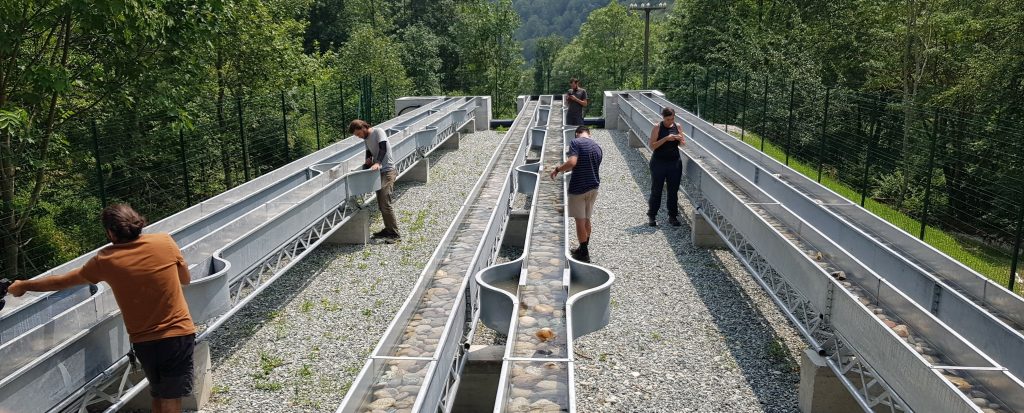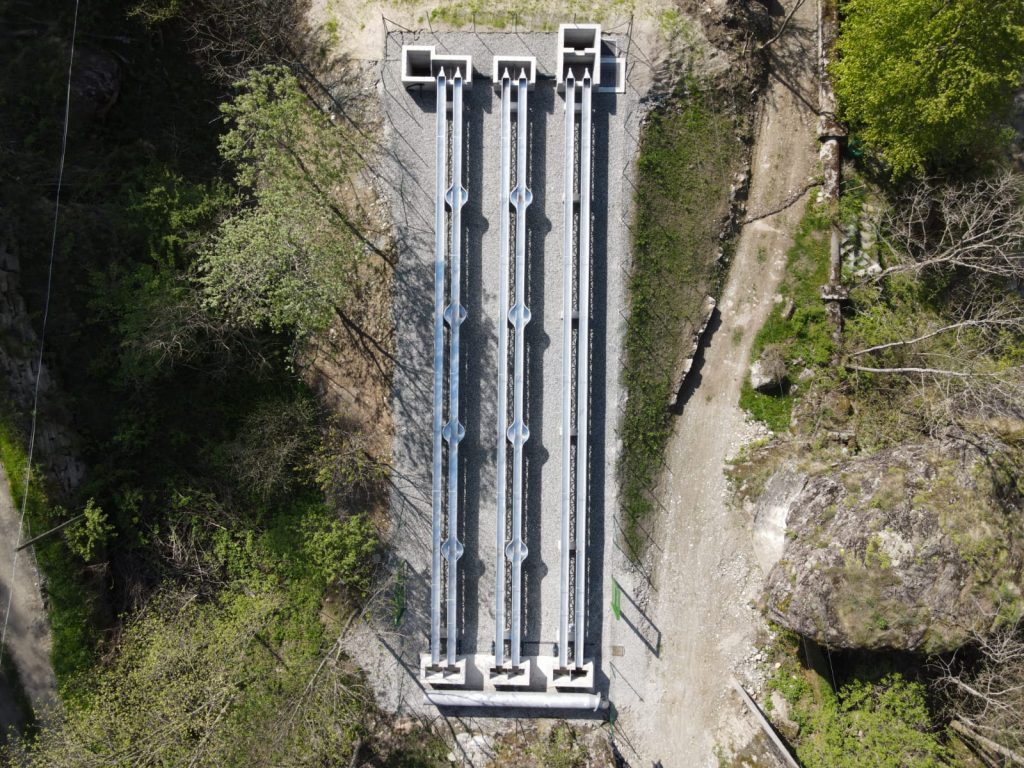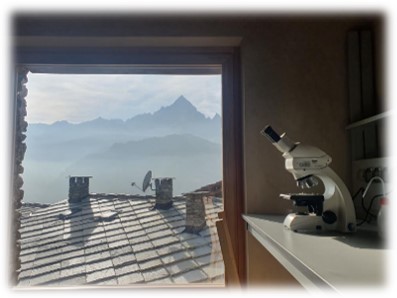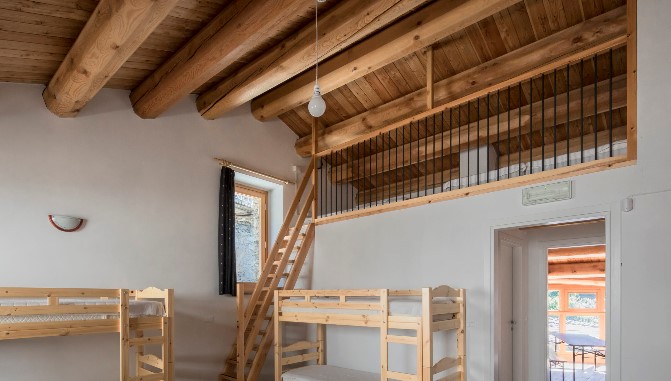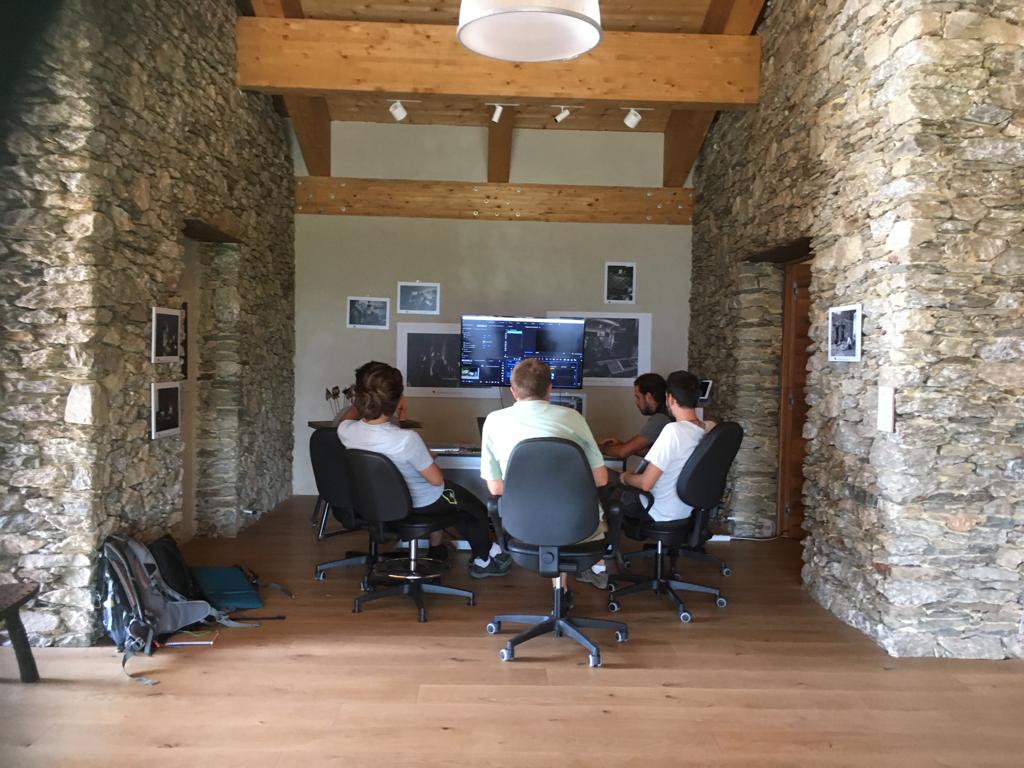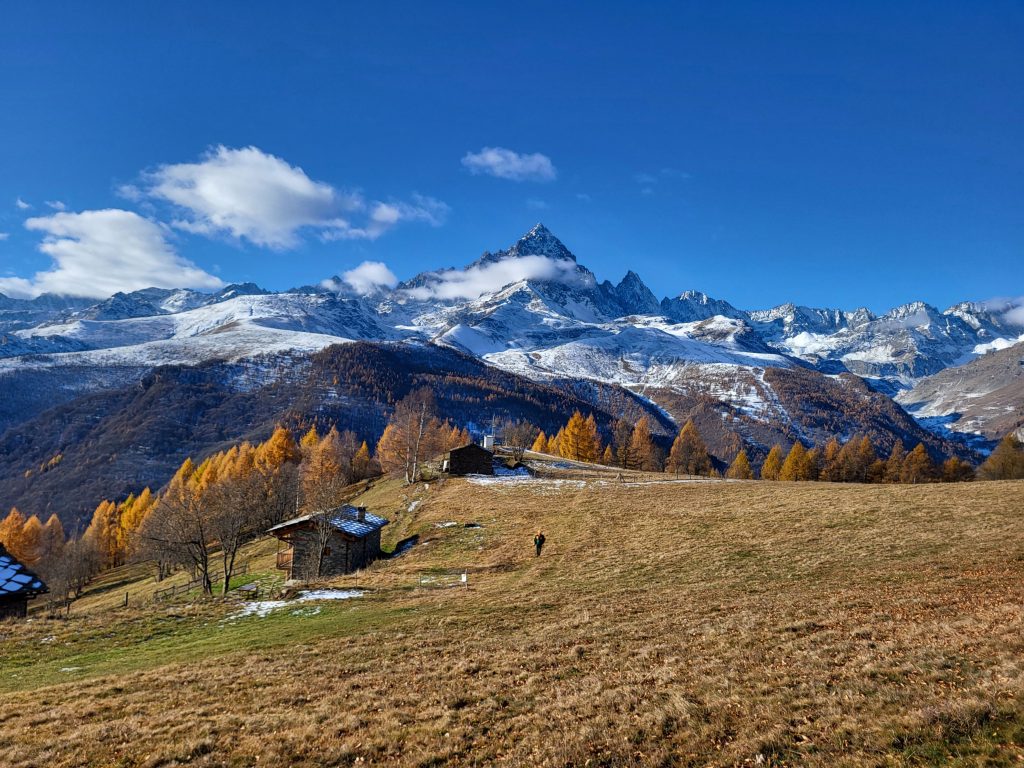Frazione S. Antonio 17,
I-12030 Sant’Antonio Ostana (CN)
Or:
DBIOS – University of Turin,
Via Accademia Albertina, 13,
10123 Torino (Italy)
Stefano Fenoglio
Please login or request access to view contact information.
Please login or request access to view contact information.
Francesca Bona
Please login or request access to view contact information.francesca.bona@unito.itPlease login or request access to view contact information.
The flumes system is fed with water coming directly from the Po river. By exploiting a natural pool and using a small barrier to regulate the water stage, water is made to flow into a pipeline connected to the flumes. The pipeline intake (diameter is 0.80 m) is placed close to the pool bottom; a metallic net protects the intake from coarse debris load, preventing the occlusion of the pipeline. Moreover, the rate of incoming water from the river can be regulated thanks to the presence of a sluice gate in front of the intake.
A 155 m long pipeline conveys flow from the intake to a loading tank, that acts as a dissipation reservoir and slows down the incoming flow. This main tank is connected to other three loading sub-tanks by means of three sluice gates, that can be completely opened (during the experiments), closed (for maintenance and cleaning) or partially closed (to regulate the flume flows). Each sub-tank feeds two channels, for a total of six flumes. Each flume is 25m long, 0.30m wide, 0.30m high and rectilinear. Each channel is made of a series of sub-channel units, connected together by screws. Some of these units have a widening (0.90m width) in the longitudinal direction which can be put in communication (by two sluice gates) with the main channel 0.3 m wide. In this way, these units can be used to simulate a pool habitat. Each flume bed is filled with natural substrate (i.e. boulders, cobbles and gravel) in a proportion which simulates the natural conditions characterizing the Po river in this stretch. Each couple of channels drain into a terminal tank. In total, three terminal tanks are connected together and convey water into a unique concrete shaft, connected to a pipeline that returns water to the river. If necessary, in two flumes water can re-circulate by means of a pump which returns water into the upstream sub-tank. Thus, these two channels can act as a closed-system.
- Flow velocity
- water levels and amount can be regulated just acting directly on the facility structure.
- Other environmental or chemical parameters can be changed depending on the experiment (temperature, suspended solid sediment amount, light, nutrients or pollutants)
- Stream ecology
- primary instream production
- allochthonous input degradation
- diatom biology and diversity
- aquatic macroinvertebrates biology and diversity
- aquatic entomology
- Alpine fish biology
- climate change (experimental droughts and floods)
- hydromorphological impact (total suspended solids amount, changes in substrate composition..)
- stream eco-hydraulics and eco-hydrology
- flow field features in the near-bed zone and its impact on macrobenthos
- hyporheic flows
- pollutant transports
- stream-hyporheic zone interactions
Manipulative experiments will be carried out in order to analyze changes in benthic communities (i.e. diatoms and macroinvertebrate), induced by environmental and/or chemical impacts. Concerning primary producers, we are interested in analyzing possible changes in benthic chlorophyll a of the main autotrophic organisms colonizing periphyton (namely diatoms, cyanobacteria and green algae) and their proportions. Diatoms will also be analyzed at community level, focusing on both taxonomic and functional composition.
Macroinvertebrates will be analyzed at community level, focusing on taxonomic and functional composition. Main interests are related to eco-hydraulic impacts on benthic communities, especially in the frame of the current climatic scenario. We are also planning to perform life-cycle studies focused on selected aquatic insect taxa.
The flumes can be also utilized to perform ecological, behavioral and life-cycle studies concerning selected rheophilous and orophilous fish (such as Bullheads, Minnows et al.)
Flumes will be used to study the role of fluid dynamical characteristics of streams on benthic communities. From the basic features (e.g., water stage and bulk velocity) to more refined ones, like flow field and detachment zones close to sediments surface or the presence of bedforms (dunes, antidunes, ripples) and single obstacles. Moreover, the hydrodynamic impact of (totally or partially submerged) vegetation can be studied, as well as the influence of unsteady flows and surface waves.
- Ecology
- Zoology
- Phycology
- Eco-hydraulics
- Temperature dataloggers (water temperature registration)
- multiparametric probe (measuring water pH, Dissolved oxygen, conductivity)
- water flow meter
- field spectrophotometer
- fluorometric probe (Benthotorch, for benthic chlorophyll a measurement)
- sampling devices for benthic communities
Facilities available in Ostana (1.5 km): guest house, hotels, B&B
https://www.parcomonviso.eu/alpstream
